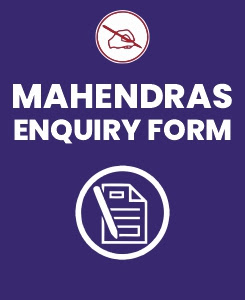 Reasoning Ability Test For LIC AAO
Reasoning Ability Test For LIC AAO
Q.1-5. Study the following six three-digit number series and answer the following questions given below.
613 179 524 185 292 273
Q.1. If the positions of first and second digits are interchanged in each number, which of the following is the lowest number thus formed?
(1) 524
(2) 273
(3) 185
(4) 179
(5) 613
Q.2. If in each number 1 is added to first digit and then first and third digits are interchanged, then which of the following is the largest number thus formed?
(1) 179
(2) 292
(3) 273
(4) 524
(5) 613
Q.3. If all numbers are arranged in ascending order from left to right, then what is the difference between the numbers which is second from the left end and third from the right end?
(1) -107
(2) -118
(3) -121
(4) -97
(5) -61
Q.4. If one is subtracted from all even digits in each number, then in how many numbers, a digit appears twice within a number?
(1) None
(2) One
(3) Two
(4) Three
(5) More than three
Q.5. What is the resultant if first digit of highest number is divided by the second digit of the lowest number?
(1) 0.79
(2) 0.73
(3) 0.75
(4) 0.86
(5) 0.81
Q.6-10. In the following questions, the symbols @, ©, $, % and # are used with the following meaning as illustrated below:
‘A * B’ means ‘A is not greater than B’.
‘A & B ‘means ‘A is neither smaller than nor equal to B’.
‘A % B’ means’ A is not smaller than B’.
‘A @ B ‘means ‘A is neither greater than nor equal to B’.
‘A $ B’ means ‘A is neither smaller than nor greater than B’.
Now in each of the following questions assuming the given statements to be true, find which of the two conclusions I and II given below them is/are definitely true and give your answer accordingly.
(1) If only conclusion I is true.
(2) If only conclusion II is true.
(3) If either conclusion I or II is true.
(4) If neither conclusion I nor II is true.
(5) If both conclusions I and II are true.
Q.6. Statements: 14 * 11, 11 & 16, 16 $ 13
Conclusions: I. 14 $ 16 II. 13 & 11
Q.7. Statements: 8@11, 11%12, 12&14
Conclusions: I. 14@11 II. 12%8
Q.8. Statements: 9 $ 7, 7@11, 11 @ 10
Conclusions: I. 10 % 7 II. 10 & 7
Q.9. Statements: 2 & 1, 1 * 8, 7 @ 8
Conclusions: I. 7 $ 2 II. 1 * 7
Q.10. Statements: 2 % 1, 1 @ 3, 3 * 4
Conclusions: I. 4 @ 2 II. 3 * 2
Answers
Q.1. (5)
Q.2. (1)
Q.3. (1)
Q.4. (2)
Q.5. (4)
Q.6. (4)
Q.7. (1)
Q.8. (2)
Q.9. (4)
Q.10. (4)




